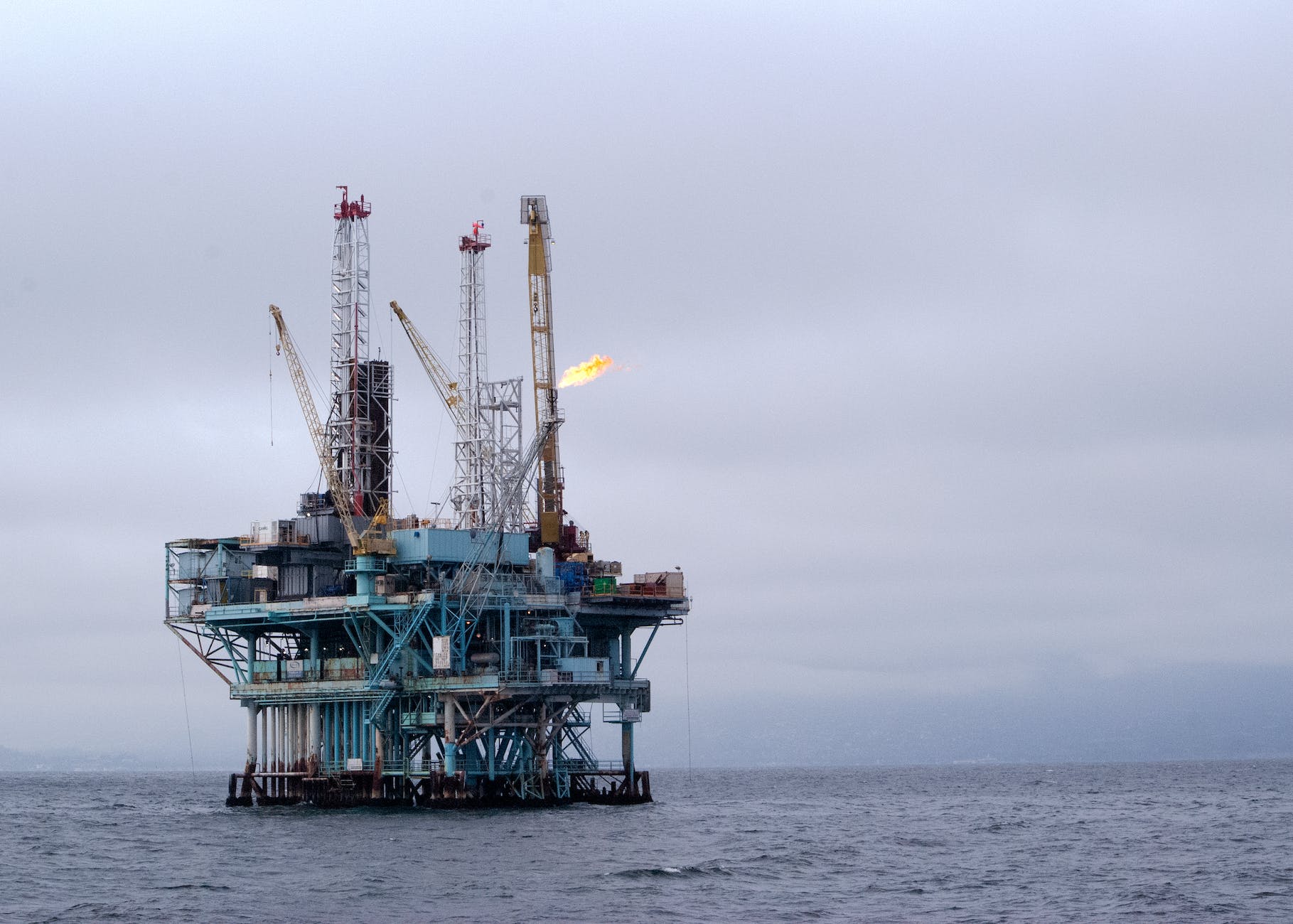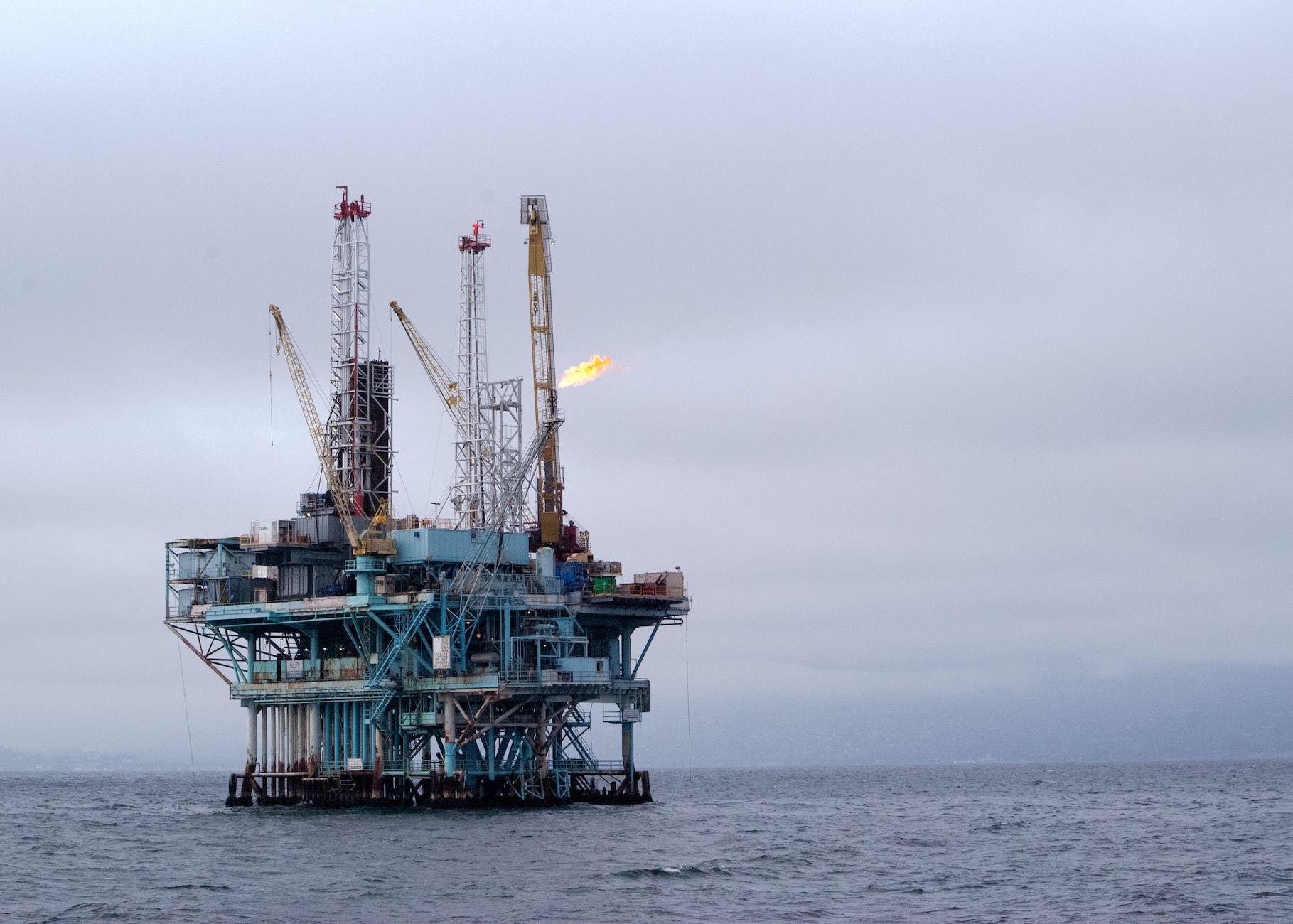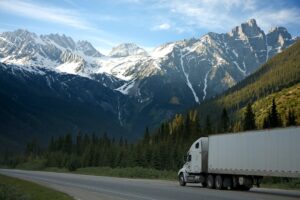If you are hurt while working offshore, an oil rig accident solicitor can help. Thousands of workers in the Gulf of Mexico are depending on their employers and other contractors to provide a secure workplace as well as the necessary personnel and tools for the job. Regrettably, the businesses in charge of these construction sites don’t always prioritise the safety of their employees, as we’ve seen with the Deepwater Horizon tragedy and other tragedies.

Which Offshore Oil Rig Types Exist?
Fixed-Platform Rigs, Jack-up Rigs, Complaint Tower Rigs, Floating Production Systems, Tension-Leg Platforms, and Spar Platforms are the six different kinds of offshore rigs. Companies have numerous opportunities to access oil riches under the ocean floor because to the Gulf of Mexico’s Outer Continental Shelf. Different oil rigs are needed depending on the water depth. Yet, each of these setups poses unique hazards and difficulties. Presently, the US coastline is home to the following kinds of rigs:
Rigs That Are Fixed
Fixed-platform rigs are the best and most stable for extracting minerals from shallow water. A platform is supported above the water’s surface by a towering steel “jacket” that rises from the ocean floor. They permit drilling as far as 1500 feet below the ocean’s surface. Many of these pump oil from the ocean floor to the surface using a subsea drilling technique. These rigs’ drawbacks include their high construction costs and stationary nature. In the event of a hurricane, they cannot be transported. Contractors and building businesses are more likely to try to save money by taking short cuts as a result of the expense. Serious safety hazards for the workers may arise as a result of this.
The Jack-up Rig
Similar to fixed-platform rigs, these rigs perch on steel legs above the water, away from the waves, when they are producing. They are distinct in that they begin as a floating platform that is hauled into place by barges. The platform is raised out of the water by the legs, which descend to the ocean floor. They might be more practical for deeper water than a permanent platform because they have less stability but more mobility.
Dispute Tower Rigs
Except that they are higher and thinner, these offshore rigs function similarly to fixed-platform rigs. Although the design permits drilling up to 3000 feet below the ocean’s surface, it offers significantly less stability. With the wind and waves, they will sway back and forth, creating new safety issues and hazards for the workers. Workers on these rigs must receive enough training on how to avoid and prevent offshore injury brought on by instability.
Systems for Floating Production
These rigs float on the top while pumping oil from a great depth below, making them useful in sea depths of up to 6000 feet. Modern ones employ automated thrusters to alter the location while older ones utilise anchors and chains to keep them in place. The well-known floating production system Deepwater Horizon was one.
Platforms with tension legs
These platforms float on the water’s surface while the drilling rig is anchored to the ocean floor by long “tension-legs,” allowing drilling in 7000 feet of water. It is a practical method for drilling into deepwater oil resources that would otherwise be too expensive to retrieve. Due of their susceptibility to weather and waves, they share many of the same safety concerns.
Platforms Spar
Modern Spar Platforms hold the rig at the ocean’s surface in a pedestal-style using a sizable single post known as a “spar.” These rigs are capable of withstanding 10,000 feet of water.
In addition to the general dangers involved, each drilling platform carries particular risks of its own. You are entitled to compensation for your injuries regardless of whether they occurred while you were on the structure itself, on a boat, or in a helicopter.




